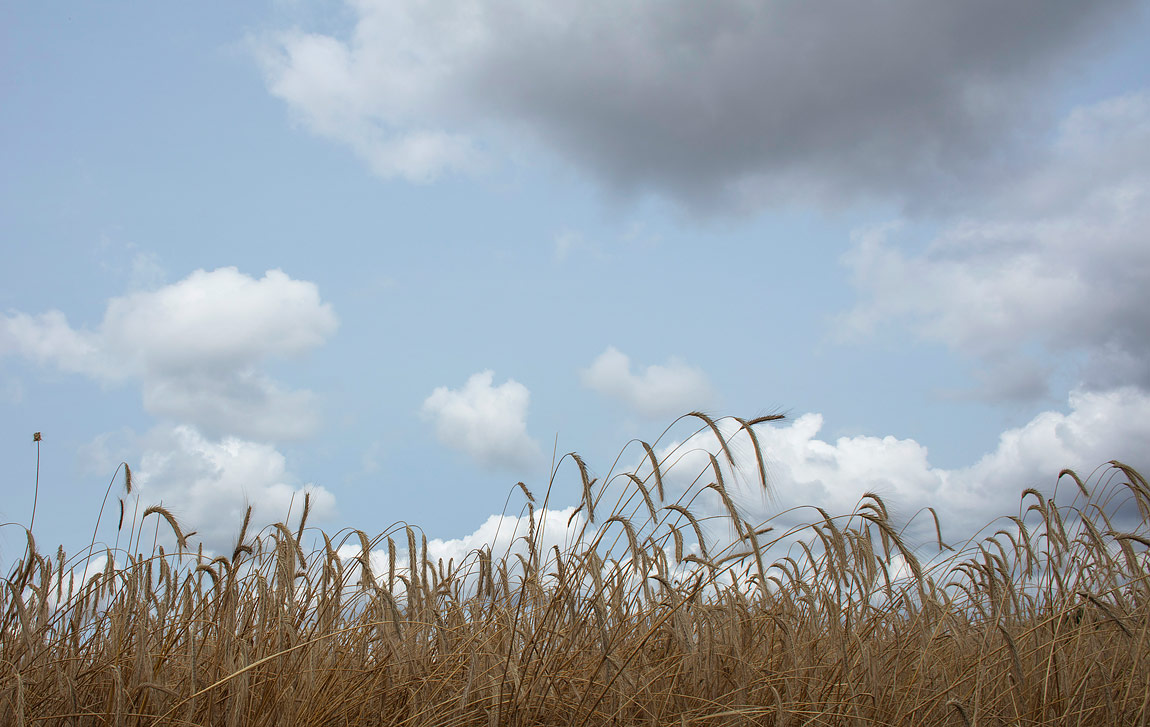For centuries and even millennia, cereals were (and still are) paramount in human (and animal) nutrition, particularly bread-making species such as wheat, rye and maize, with barley and oats being the most used in farm animal feeding. Rice is important in human nutrition, especially in Asia, but it is not a bread-making cereal, and its production in Portugal is small. In the region of Trás-os-Montes, Portugal, the most cultivated cereal has always been rye due to the geological and climatic conditions being less favourable to the cultivation of wheat, which does not like lean soils and too cold climates. Maize cultivation has been increasing very significantly, but it only occurs in regions with plenty of water, conditions not met in most of the region of Trás-os-Montes. Portugal is deficient in cereals, and production has decreased in recent decades.
In Trás-os-Montes, cereals are harvested in dry weather at the beginning of summer. As I walked through the region last July, I was delighted to see the rye fields, golden yellow, rippling in the wind, about to be harvested. I approached one of them and captured the image that I now present. The plants' golden yellow contrasted with the sky's blue, adorned with a few clouds. In order to have the maximum depth of field, I used the smallest aperture of a wide-angle lens. When we look at a cereal field, we think of the importance of these crops for world food production and the time it took the man to come up with the idea of domesticating wild grasses to transform them into edible crops.


